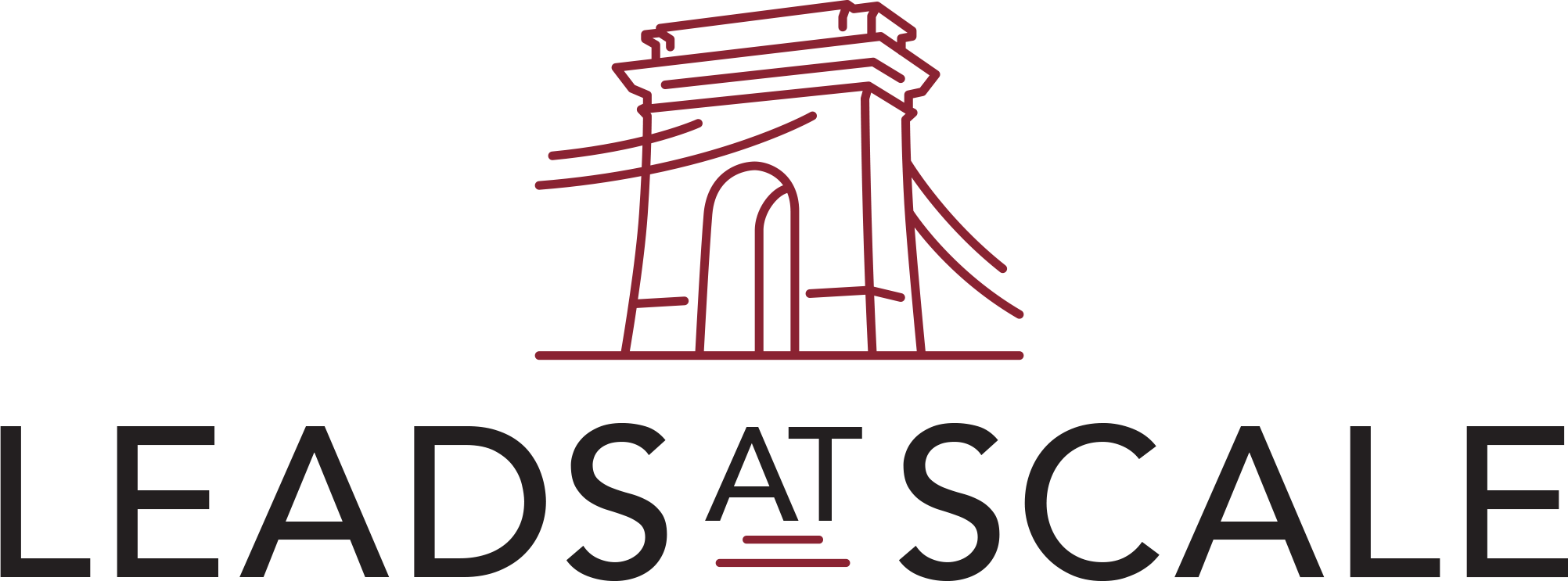You may have heard about the term sales enablement lately. But what does it actually mean, and how can you go about implementing a successful strategy in your own organizational structure? Well, that’s exactly what we’re going to be discussing today. A robust enablement strategy will help you bridge the gap (or gulf) that exists between your sales and marketing departments and establish an altogether more productive relationship.
If you’re about to embark on your own journey to boost your company’s competitive advantage, then you’ve come to the right place.
In this article, we’ll be exploring the following topics…
What is B2B Sales Enablement?
Sales enablement is a business process that, in its most basic sense, involves ensuring that sales teams have all the resources that they need in order to generate the best results possible (aka more sales). These strategies work towards pooling sales and marketing resources, so that sales teams can make use of marketing content and collateral as part of the sales process.
In other words, this strategic process involved the alignment of sales and marketing teams. It is the job of the sales enablement team to bridge the gap between marketing and sales departments and close that silo. Under the guidance of a responding specialist, marketing teams will be required to share the right content with their associate sales reps. This material is designed to help sales representatives deliver a more targeted message when interacting with customers.
Why Sales Enablement Matters for B2B
A well-developed plan helps align sales and marketing teams, nurture a more constructive and symbiotic corporate culture, and pool more essential resources and insights between teams. In other words, B2B sales enablement solutions help eliminate corporate silos and empower teams to generate better results in the long term.
A good strategy will help sales teams make use of any relevant marketing content that can help them close more sales and increase revenues. Did you know that a staggering 84% of sales reps achieve their sales quotas when their employers incorporate a robust strategy in the workplace? Not only this. Out of all over-performing sales teams, 65% have a dedicated sales enablement expert on staff.
What is The Goal of Sales Enablement for B2B Businesses?
The ultimate goal of a sales enablement strategy is to align the sales and marketing teams within a given organizational structure. But what does that look like? Well, it means that existing marketing teams start distributing audience-optimized content with their associate sales teams so that sales representatives can use this content across their engagement with customers. In other words, sales enablement makes marketing and sales narratives more consistent across the board.
When marketing and sales teams communicate more effectively, the selling process will start to benefit immediately. For example, sellers will now be able to map buyer journeys more accurately and customize their sales messaging to more targeted, well-researched, buyer personas. At the end of the day, that means better customer relationships and increased engagement on the ground.
That’s the immediate goal of sales enablement solutions in the B2B sector. Ultimately, the long-term goal goes beyond intra-office relationships. The point is that by aligning sales and marketing narratives, businesses can hope to see booming results. Research suggests that 76% of organizations who make use of this system in their business enjoy an increase in overall sales of between up to 20%.
Who is Responsible for Sales Enablement?
The initiatives designed to increase sales results and productivity are typically run and managed by dedicated teams or individual consultants. The team is ultimately responsible for managing and implementing all B2B sales enablement strategies across their respective organization. But the process involves other players too; principally the existing sales and marketing departments themselves.
For strategies to see any success, both sales and marketing teams have to pull their weight in equal measure by collaborating and sharing resources as recommended by the sales enablement team. That could include the sharing of resources such as:
- Content marketing documents
- Conversational guides
- Sales training resources
Under the guidance of a sales enablement lead, it is the marketing team who must take on the majority of responsibility when it comes to creating and sharing this content with their parallel sales teams. Once the marketing team has shared the relevant resources with sales, it becomes the responsibility of the sales department to utilize these resources and incorporate them into the sales process for optimum results.
Developing Your Sales Enablement Strategy for B2B Success
Ready to start developing your strategy but not sure where to start? No sweat. Sales enablement is a multifaceted process, but when broken down into a few simple strategies and tips, it is eminently achievable for any business setup.
Identify your audience
One of the most fundamental, basic principles for the right sales enablement solutions in the B2B world is the audience. It’s essential that you identify and hone in on your niche target market. After all, for any marketing or sales correspondence to be well received, it needs to speak to the people at the receiving end, right?
So, before anything else, every sales enablement team should start with robust consumer research. Identify who you are marketing and selling to and ensure that the relevant marketing and sales teams in your organization are privy to this information. That’s the first step towards real alignment.
Prepare and distribute sales enablement content
Once your target audience has been clearly identified, it’s time to start creating sales content and collateral that will speak directly to their needs, wants, desires, and pain points. Get your marketing team to create a database of audience-optimized content and then get them to share this content with your organization’s sales department.
Instead of just handing over a bunch of resources, set aside some time for your marketing team to offer any necessary training to your sales staff. Your sales teams will need to know where to find the relevant content, and how to implement and distribute it effectively with customers and stakeholders on the ground.
Train Your Sales Team
The work is only beginning once sales enablement resources and strategies have been solidified. The next step involves training your sales team to implement said strategies. That means teaching them how to use marketing resources and tools. They must understand how those programs can drive customer interaction and close sales.
Sales training should be hands-on and immersive to give teams a real feel for how things work. It should offer scenario-based learning opportunities that mimic real-world selling situations. Managers should be present to:
- Guide
- Advise
- Demonstrate techniques
- Answer questions
- Provide constructive feedback.
Well-trained employees are confident employees. And this confidence will see your sales soaring in no time!
Provide Sales Coaching
While training your sales teams with new skills and solutions is essential to any sales enablement strategy, another one of the best tips for B2B sales enablement is ongoing coaching. Just because a sales representative has been exposed to marketing materials once doesn’t mean they have absorbed and integrated that information effectively.
Consider it like this. Anyone can learn to hold an instrument. But without consistent practice and direction from someone who knows better, they aren’t likely to become the next Mozart.
Sales coaching provides that needed oversight and guidance for your team. Here’s where the rubber meets the road. You offer individualized attention, provide real-time feedback, model best practices, and point out areas where improvements can be made based on observed behaviors. Yes, it’s quite a commitment, but one that promises solid returns over time.
Conduct Sales Coaching Assessment
Finally, the best way to evaluate the effectiveness of your sales coaching strategy is to conduct a periodic assessment. You have to check in regularly with your sales team members to assess how they’re doing and reinforce learning. These assessments usually involve evaluating a salesperson’s preparedness. Look at their approach, product knowledge, selling techniques, and closing tactics.
You can use performance metrics to gauge this or keep it simple with regular sit-down meetings. Customer feedback can also provide invaluable insights here. Don’t shy away from discussing areas for improvement, but also remember to highlight where your team is shining. Those wins can be a great encouragement for learning minds. They should always be used to emphasize how they’re doing the right things and help them stay motivated.
Align Marketing & Sales
One of the best tips for B2B sales enablement is aligning marketing and sales departments. For too long organizations have been formed out of departmental silos, with inadequate communication and resource pooling between different teams. Sure, this might be what everyone is used to, but research has proven that this is not the most effective way to run a business.
Did you know that sales and marketing alignment can increase revenues by up to 34%? Misalignment between sales and marketing remains incredibly common but it is costing businesses money!
So, how do we overcome this?
Merging sales and marketing teams is the best place to start. Both sales and marketing efforts are directed towards increasing revenues, so it makes sense that they should inform one another. When sales and marketing align successfully, businesses can hope to start making better business decisions, see marked revenue increases, shorter sales cycles, and higher conversion rates.
Why? Because when sales and marketing teams communicate and pool resources, they are able to deliver better buyer experiences all around.
- Sales and marketing alignment means that:
- Your sales teams will have the resources necessary for improved lead qualification
- You’ll align your sales and marketing strategies so that they are more coherent
- You’ll dramatically simplify your workflows
- You’ll start to see increased business revenues and ROI
- You’ll improve B2B lead conversion rates
Show your results
Once your sales enablement initiative has had some time to take route, ensure that you are regularly monitoring progress against key performance indicators (KPIs). Get your marketing, sales, and sales enablement leads together regularly to share respective insights and discuss areas for future improvement. Monitoring performance regularly means that you’ll be able to make better business decisions. Sometimes just a small adjustment here or there is all it takes to get back on track to meeting your business goals. Plus, collaborating in this way reinforces departmental alignment.
The Bottom Line
Closing the gap between marketing and sales is at the heart of any great sales enablement strategy. And the benefits are no laughing matter. From improved corporate culture to increased profits and a healthy return on investment, there is no reason not to start implementing an effective strategy in your B2B business.
Lead At Scale is a B2B lead generation agency that helps businesses qualify leads at scale through strategies including B2B cold calling and B2B appointment setting services that can be implemented as part of your sales enablement process.



